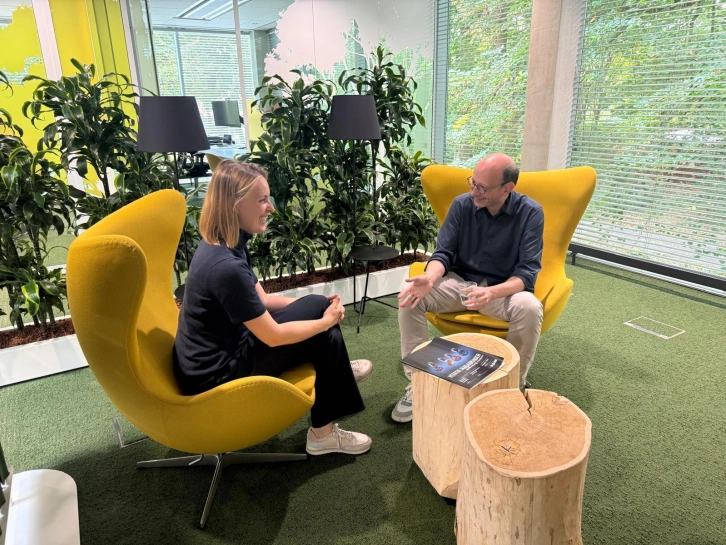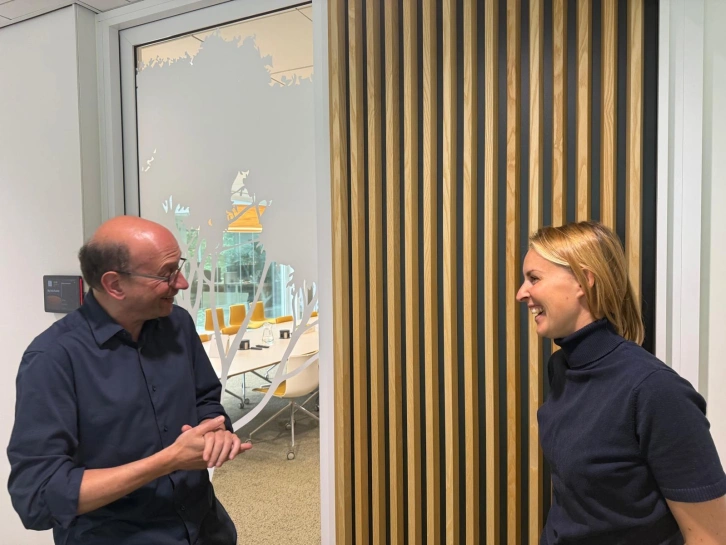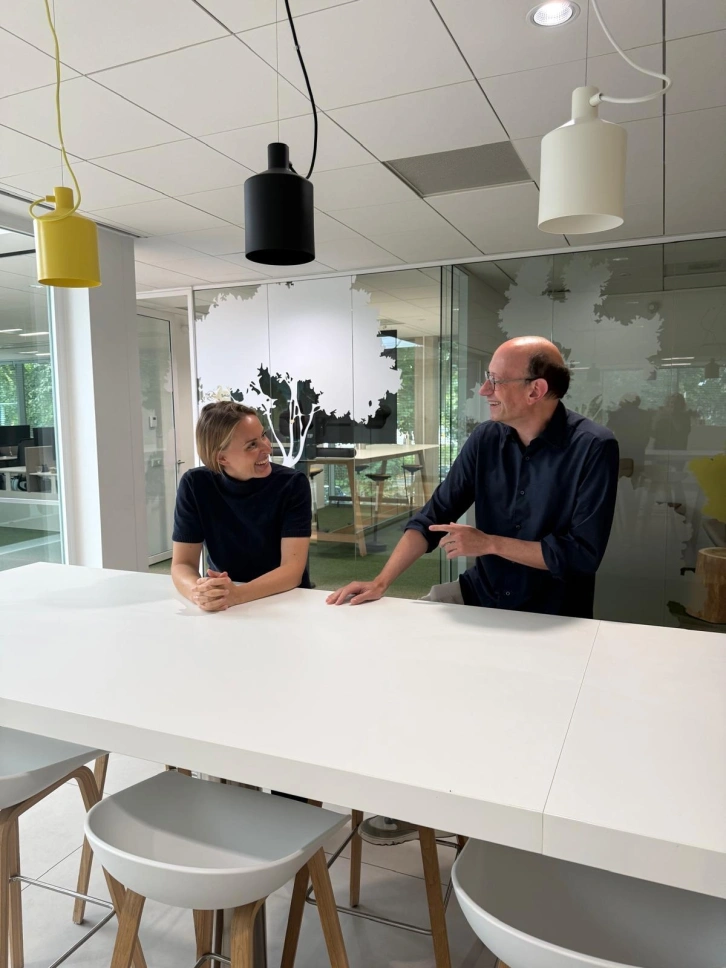A brilliant researcher is not always an effective entrepreneur. “Many early-stage deep tech entrepreneurs develop technologies that are unique in the world,” says Sersic. “But that’s very different from building a product that customers want to buy and that can also be produced on a large scale. With our whitepaper, we highlight this gap and provide entrepreneurs with practical tools.”
Sersic and Van Eck are experienced investment managers and venture builders in the deep tech field. Too often, they have seen promising companies fail due to a lack of entrepreneurial experience.
Join the conversation: what do you think?



A brilliant solution without a customer
“Deep Tech is fundamentally different from software,” says Van Eck. “Development times are longer, investments are higher, and industrialization is much more complex. This makes the risk of delays or failure relatively high. With this whitepaper, we want to show where the pitfalls lie and how to overcome them.”
The combination of long development times and high costs makes deep tech entrepreneurship a delicate process. A wrong step today can have serious consequences in the future.
“A wrong choice in product strategy can cause years of delay and millions in extra costs. Many teams stay too long in an R&D mindset,” says Sersic. “They prove the technology works but forget to validate whether there’s actually a market for it. Then you end up with a brilliant solution without a customer. And without customers, you can’t turn technology into a product or build a value proposition.”
Even when customers show interest, the challenge isn’t over, Van Eck adds. “Entrepreneurs often underestimate the industrialization process. You need to ensure a product can be produced reliably, at scale, and at an affordable cost. That requires specific competencies in your team, such as experienced product managers and system architects who need to play a role early in the venture team. And that’s where things often go wrong.”

Product mindset at the core
Too often, startups sell prototypes as if they were finished products. Sersic: “Customers sometimes pay for these, but the result is stalled scaling and no repeat sales. Then redevelopment is needed, with all the associated costs and delays.”
The core message of the whitepaper is that a product mindset is essential from day one. “Don’t just think in terms of technology,” says Van Eck. “Think in terms of product definition, market validation, and manufacturability. If you organize that well, you ultimately save time and money.”
Sersic also emphasizes the importance of collaboration. “No one needs to reinvent the wheel. There are best practices, processes, and roles that have already proven themselves. By leveraging these and sharing knowledge, we increase the chances that deep tech innovations don’t remain stuck in the lab but actually reach the market and make an impact.”
Who is it for?
The publication is primarily aimed at founders of deep tech companies, says Sersic: “This piece helps them understand which steps are crucial and which roles you need in your team to move forward.”
But investors and other stakeholders are also important readers. “Deep tech often requires 40% more capital than traditional tech startups before reaching the market,” says Van Eck. “For investors, it’s essential to understand where that money goes and why a structured product development process is necessary. The whitepaper helps them make better-informed decisions.”

The next step
The Brainport region already has a wealth of knowledge and experience in translating innovative deep tech ideas and prototypes into scalable, market-oriented solutions. This knowledge makes the region a place where innovations truly flourish. The whitepaper brings these insights together to give entrepreneurs and investors guidance for their own journey.
“We want to raise awareness of the challenges deep tech entrepreneurs face, both among entrepreneurs and investors,” says Sersic. “The piece provides entrepreneurs with tools: what conditions must you organize well for success?”
Sersic and Van Eck also want to spark a conversation. “About how we can grow deep tech smarter in Brabant, in the Netherlands, and in Europe,” says Van Eck. “How we can invest better, make an impact faster, and build more successful companies. Ultimately, it’s about getting technology to market and making a difference in the world.”
